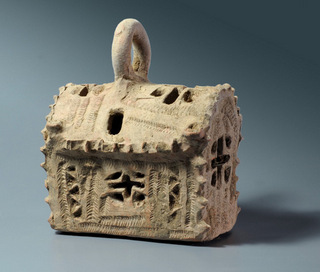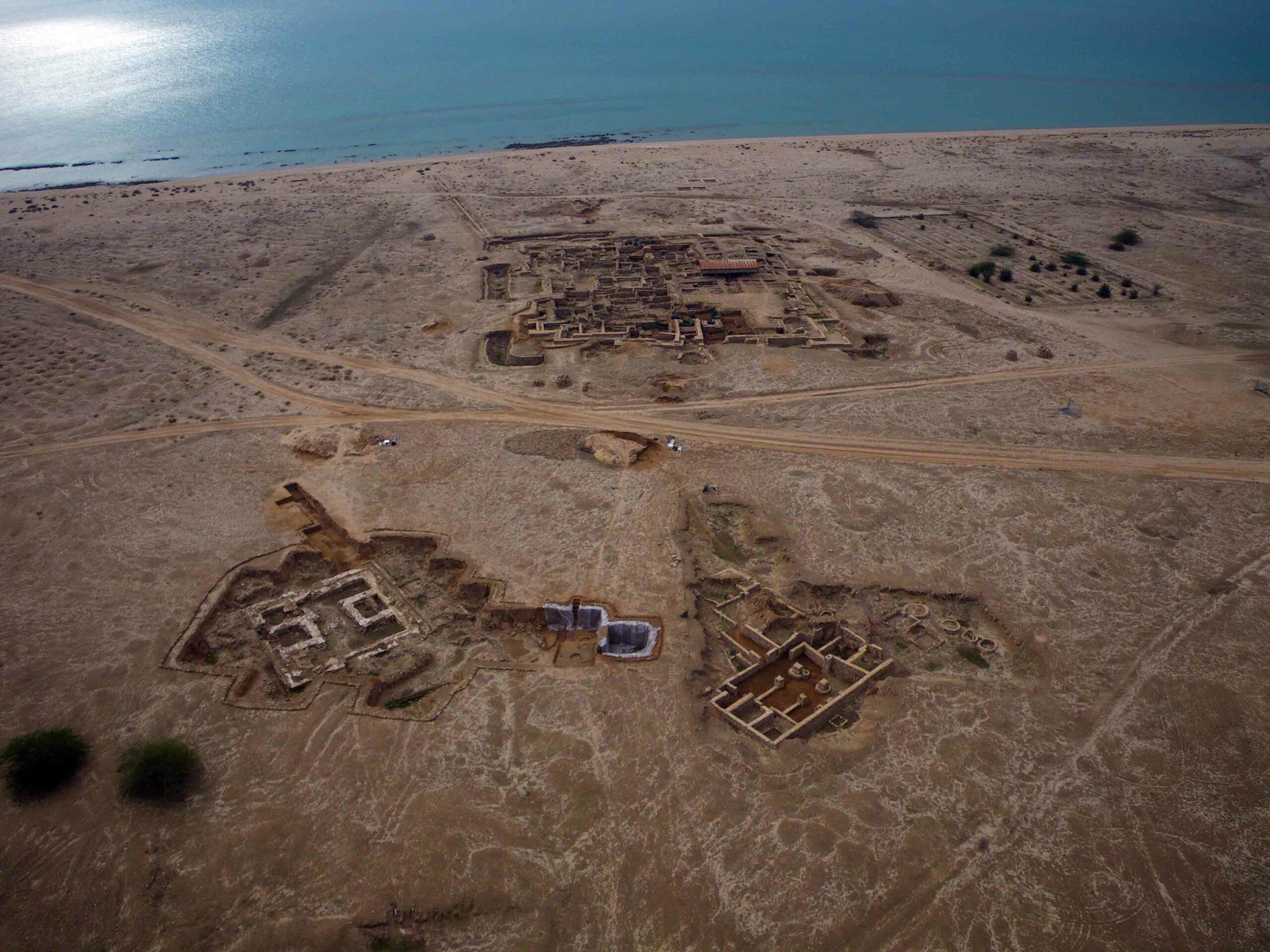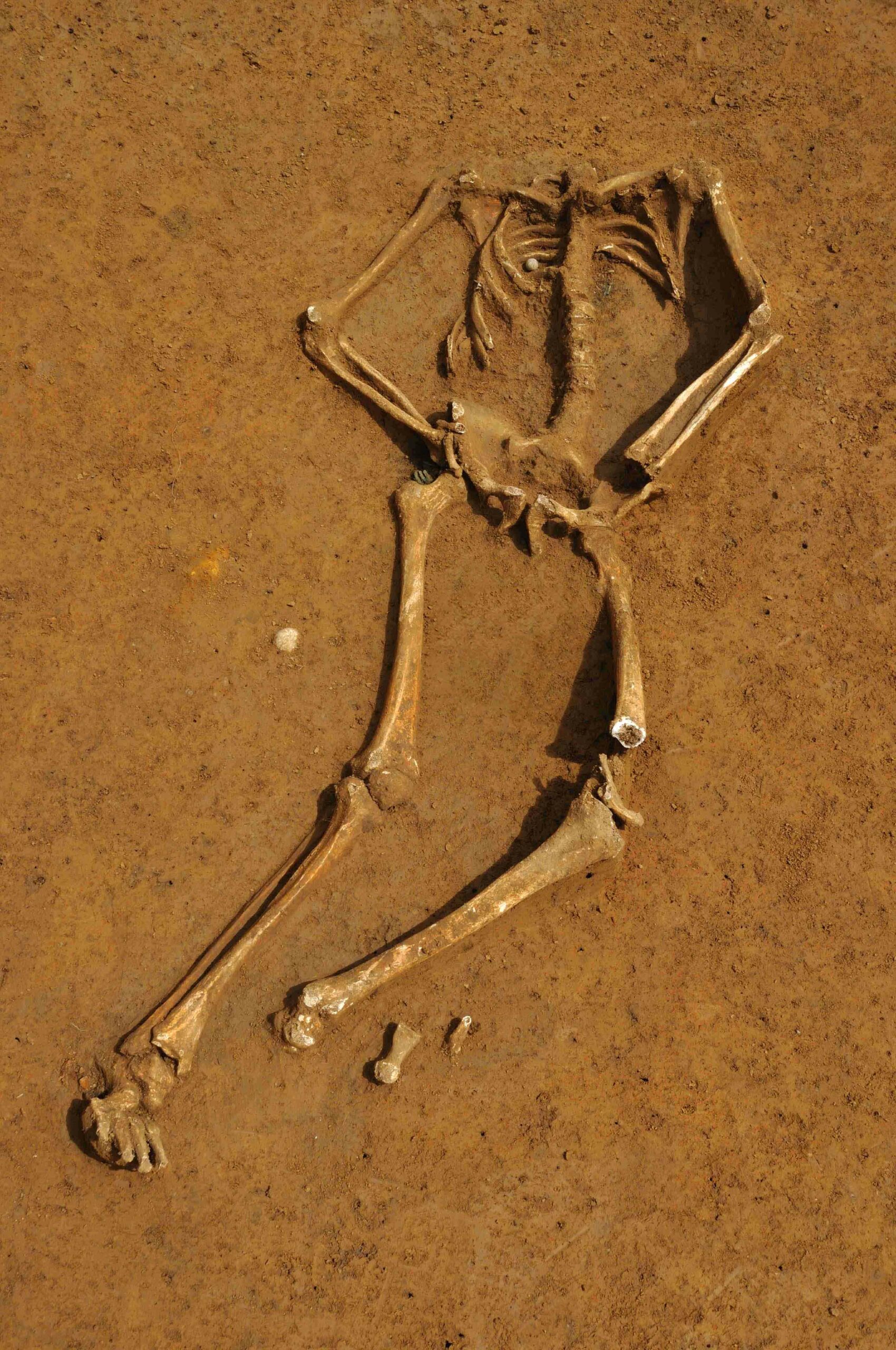
HAMEI YOAV, ISRAEL—A large, 1,500-year-old wine press was found during salvage excavations conducted by the Israel Antiquities Authority in southern Israel. The archaeologists think that fine wine was made for export at the site, which is located near the road to the port at Ashkelon. From Ashkelon, wine was shipped throughout the Mediterranean. A Byzantine ceramic model of a church decorated with floral motifs and crosses was also unearthed. “An oil lamp inserted into it through the decorated opening illuminated the inside of the model. Since the crosses also served as narrow openings, the light was disseminated via them and shadows of crosses were projected onto the walls of the building where the object was placed,” said excavation director Rina Avner. The wine press will be incorporated into an events garden at a spa.











